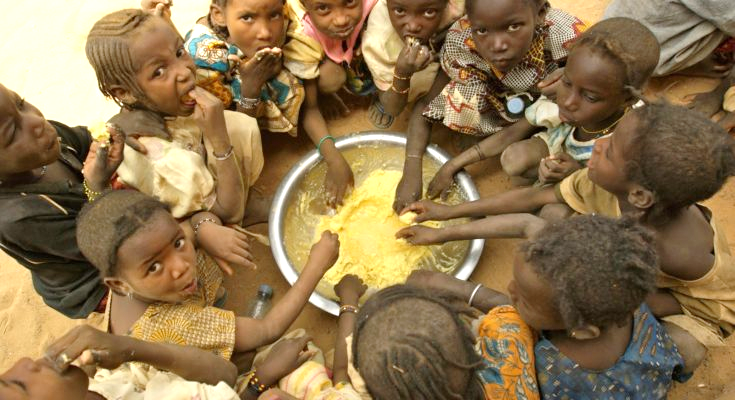
Avellon Williams
AFRICA- Once upon a time, in the vast and diverse continent of Africa, there existed a tale of hunger and hardship that touched the lives of over 800 million people. It is a story of intricate complexities, shaped by a multitude of factors that have plagued the region for decades.
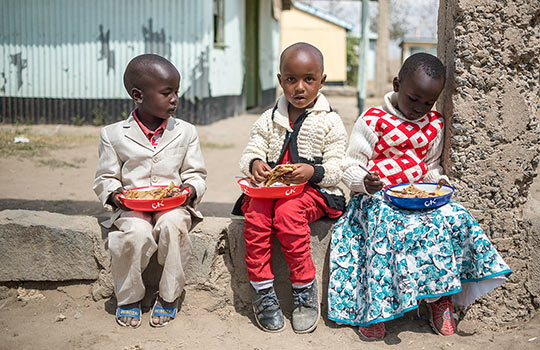
In this vast and beautiful land, where the sun kissed the earth with warmth, the struggle for sustenance was a daily battle for many. To truly understand why such a staggering number of people lived in hunger, we must embark on a journey through time and witness the intertwining threads that led to this unfortunate reality.
Long ago, Africa was a land of abundance, where its fertile soils and vast natural resources sustained thriving civilizations. However, history took its toll on the continent, as colonial powers arrived with ambitions of exploitation. Centuries of oppression, slavery, and resource extraction drained Africa of its wealth, leaving behind a legacy of economic inequality.
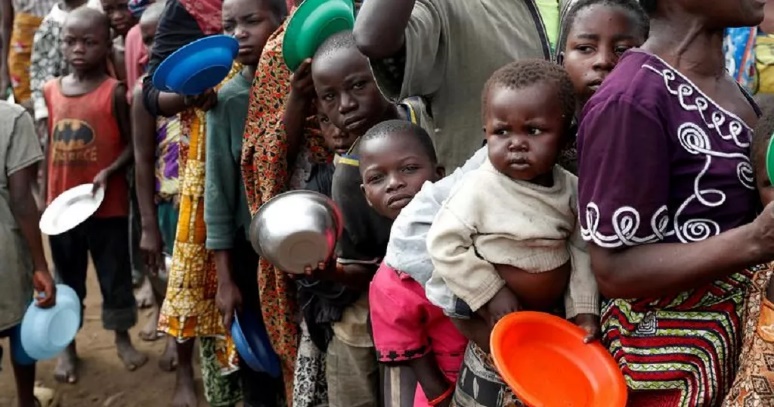
In the wake of independence, newly formed nations faced the challenges of nation-building, struggling to overcome the scars of colonialism and establish stable economies. Political instability, corruption, and conflicts marred progress and diverted resources that could have been used to fight hunger and poverty.
Moreover, Africa’s diverse climates presented its own set of challenges. Droughts and erratic weather patterns often struck vulnerable communities, decimating crops and leaving them at the mercy of unpredictable harvests. Without proper irrigation systems and infrastructure, farmers were left vulnerable to the whims of nature, leading to food shortages and hunger.
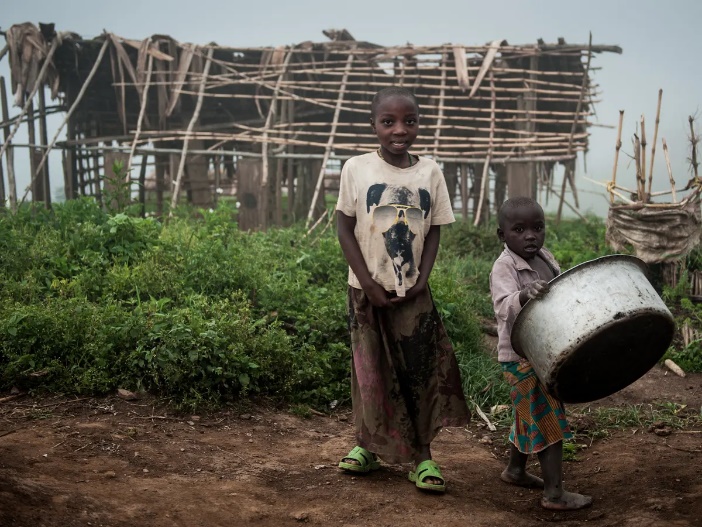
Population growth also played a significant role. Africa’s population has been rapidly expanding, placing immense pressure on limited resources. As families grew, the strain on agricultural production intensified, exacerbating the struggle for food security. Insufficient access to education, family planning, and healthcare further compounded the challenges faced by communities.
Inadequate infrastructure and limited access to markets hindered the development of agricultural practices. Farmers found it difficult to transport their goods to potential buyers, often leading to spoilage and financial losses. Lack of storage facilities and post-harvest management techniques added to the woes of farmers, preventing them from maximizing their yields.
Global economic dynamics and trade imbalances also impacted Africa’s ability to tackle hunger. Unfair trade practices and protectionist policies of developed nations made it difficult for African countries to compete on the global market. They were often forced to sell their resources at low prices while purchasing imported food at high costs, further widening the gap between the haves and have-nots.
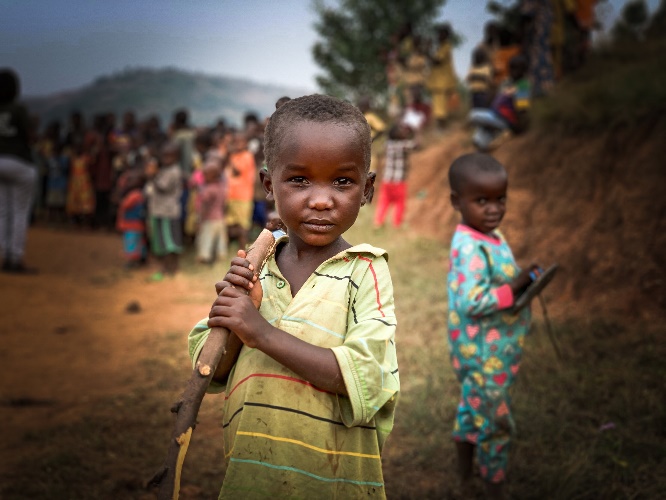
In recent times, climate change has emerged as a formidable threat, intensifying the challenges already faced by the continent. Rising temperatures, extreme weather events, and desertification pose a grave danger to agriculture and livelihoods, pushing more people into the cycle of hunger.
However, in the face of adversity, the spirit of resilience and determination persists across Africa. Governments, non-governmental organizations, and communities are working tirelessly to address the root causes of hunger.
Efforts are being made to invest in sustainable agriculture, develop climate-smart practices, improve infrastructure, and empower local farmers. Education and healthcare initiatives are being implemented to uplift communities and break the cycle of poverty.
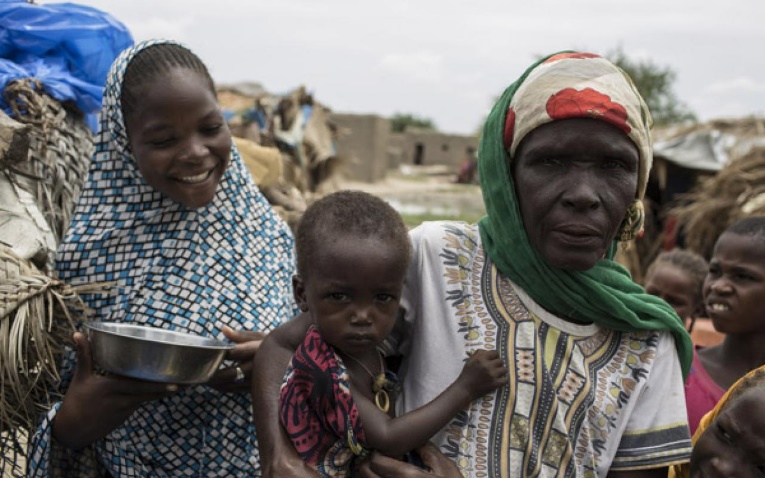
The road to eradicating hunger in Africa is long and arduous, but hope lingers in the hearts of millions. Through collaborative efforts, innovation, and a genuine commitment to change, the day will come when no child goes to bed hungry, and the tale of hunger in Africa transforms into a story of triumph over adversity.
Remember, this is not a tale of despair, but a call to action—a reminder that the struggle against hunger requires the collective efforts of individuals, governments, and the global community. Together, we can rewrite the narrative, creating a future where hunger is but a distant memory in the vibrant tapestry of Africa.





1 Comment
The general theme of this article is hopeful and positive. I would like to offer some sticks because the mess on the continent is not only man-made but human-maintained.
• The African continent has a land area of 30.37 million sq km (11.7 million sq mi) — enough to fit in the U.S., China, India, Japan, Mexico, and many European nations, combined.
• The population density in Asia is 150 per Km2 (387 people per mi2)
• Its population density is 45 per Km2 (117 people per mi2).
• The population density in South America is 25 per Km2 (64 people per mi2).
Populous countries:
• The population density in China is 153 per Km2 (397 people per mi2).
• The population density in India is 464 per Km2 (1,202 people per mi2).
• The population density in Indonesia is 151 per Km2 (391 people per mi2).
• The population density in the United States is 36 per Km2 (94 people per mi2).
So, the problem with Africa is not it’s population, but the management of her resources.
• The entire world 🌎 is experiencing climate challenges and Africa will have it worse because when one fails to plan, address issues and find solutions, one opens themselves to catastrophic consequences.
• Again, no solutions are coming from outside to save the continent. The responsibility squarely falls upon her (Africa) people. Assistance from outside I believe would be most welcome, but only long lasting solutions will have to come from Africans.
• Finally, if nothing changes, 3, 4, 5 generations of Africans in 2100 and beyond will be worse off.